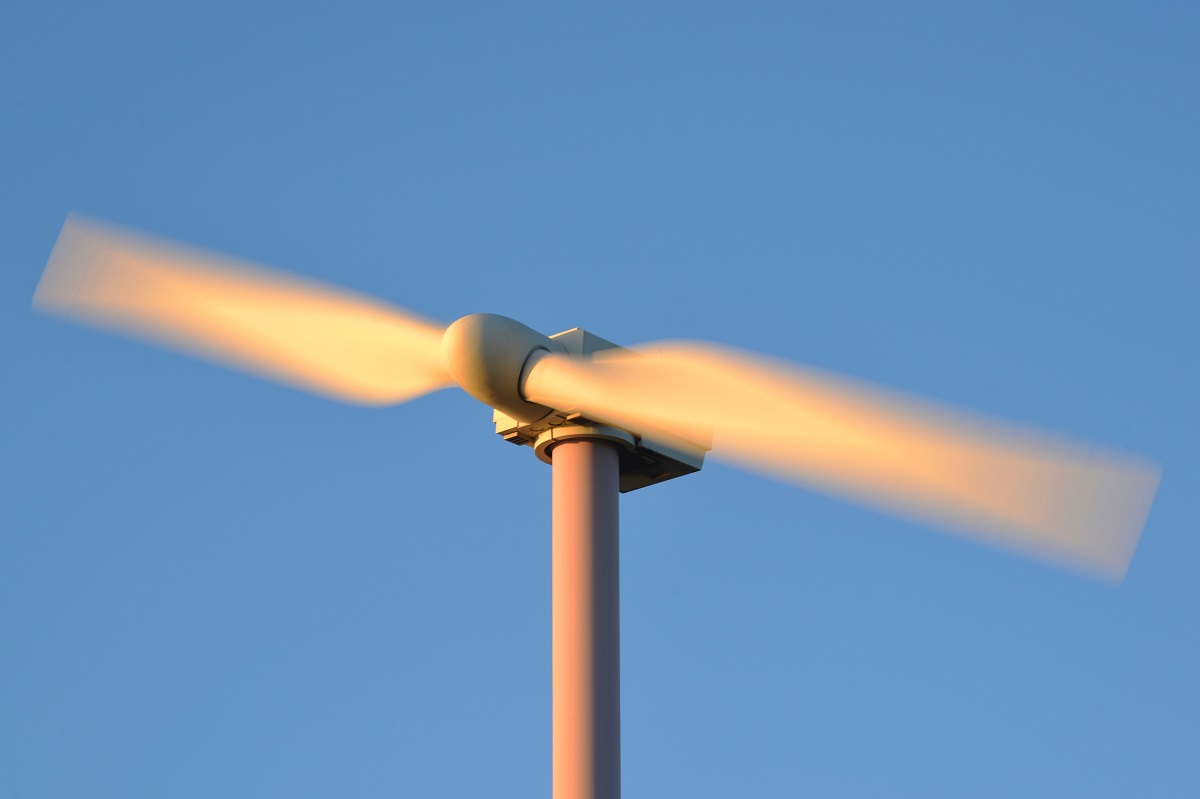Renewables might account for 65 percent of global primary energy by 2050, according to the greenest scenario in BP Energy Outlook 2022.
There are three key possibilities in the report: Accelerated, Net Zero, and New Momentum. The percentage of renewables in 2050 across the three ranges between 35 and 65 percent, up from about 10 percent in 2019, whereas fossil fuels’ share of global primary energy, which was 80 percent in 2019, is expected to fall to between 60 and 20 percent by 2050.
According to BP, the percentage of electricity in final energy will rise from 20% in 2019 to at least 30% and up to 50% in 2050, depending on the scenario.
The world’s installed wind and solar power generating capacity will be more than 15-fold by 2050 from 2019 levels under the Accelerated and Net Zero scenarios, while the surge under the New Momentum scenario is nine-fold. This indicates that under New Momentum, wind and solar might reach 20 TW of installed capacity by the middle of the century, or at the very least top 10 TW.
By 2030, the levelised cost of electricity (LCOE) from wind and solar farms, including integration expenses, falls by roughly 20% – 25% and 40% – 55%, respectively. Cost reductions are slower or non-existent in the next two decades because they are countered by increasing system balancing expenditures.
The average rate of increase in installed wind and solar capacity in the Accelerated and Net Zero scenarios in Energy Outlook 2022 is 600 GW-750 GW per year in the 2030s, and then 700 GW-750 GW in the 2040s. This is a huge increase in capacity expansions.
The majority of solar and wind power will be utilized to produce energy at the point of consumption, but in Accelerated and Net Zero scenarios, green hydrogen generation would use 20-30% of that by 2050. Green hydrogen accounts for around 55 percent of low-carbon hydrogen in these scenarios, and its proportion climbs to approximately 65 percent by 2050. Blue hydrogen appears to nearly completely cover the difference, but it is crucial to note that the Outlook was primarily created prior to Russia’s invasion of Ukraine, and it does not account for the war’s impact on gas and other energy supplies.

